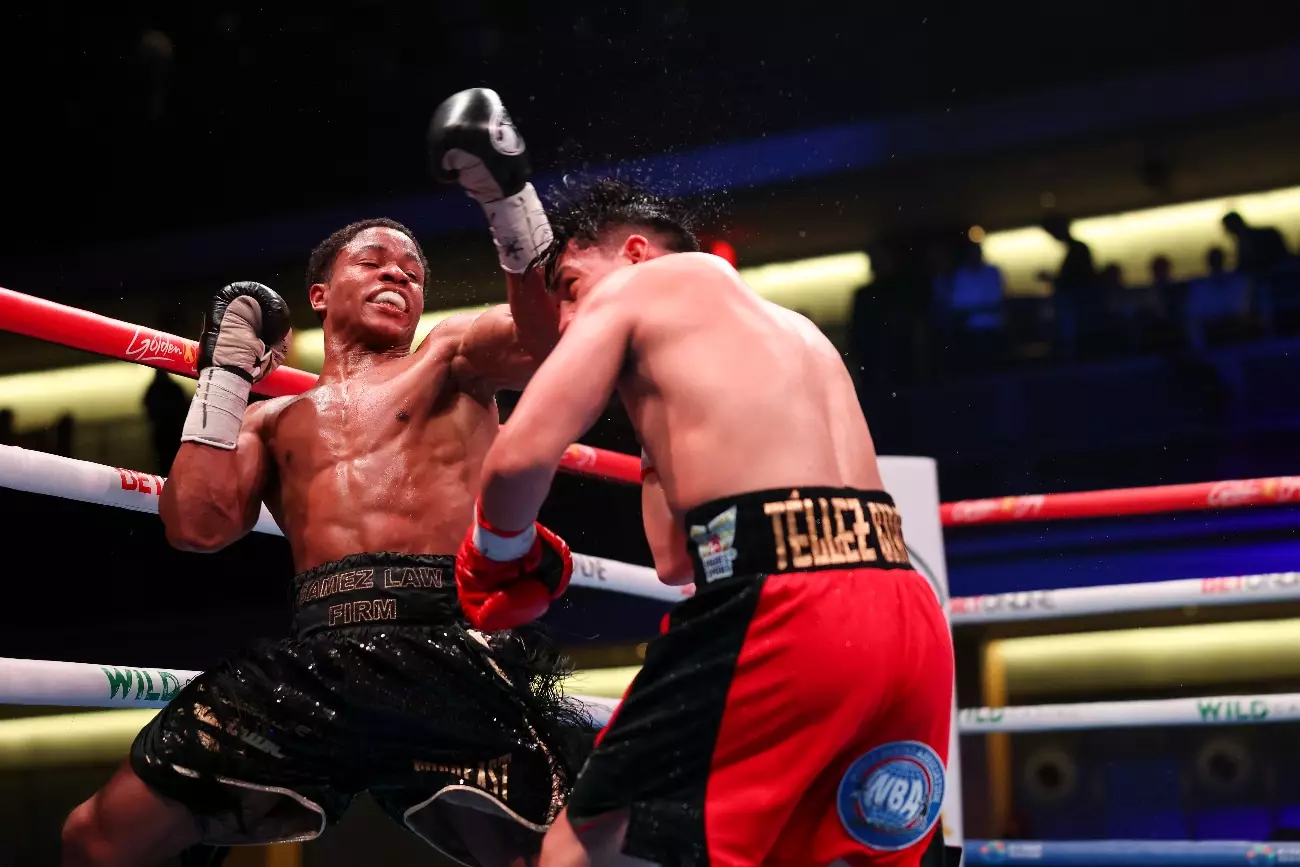As anticipation builds for the upcoming boxing match between WBC lightweight champion Shakur Stevenson and rising contender Floyd ‘Kid Austin’ Schofield on February 22 in Riyadh, the analysis surrounding the fight has reached fever pitch. Abdullah Mason, a notable voice in the boxing community, firmly asserts that Schofield stands little chance against Stevenson, hinting at the juxtaposition between experienced and burgeoning fighters in the lightweight division. This match carries immense weight not only for the careers involved but also for the narrative of skill versus experience and the precarious nature of rising to the top.
Mason’s statement encapsulates the skepticism surrounding Schofield’s capabilities: with a current record of 18-0 (12 KOs), he may be undefeated, but his journey reflects the trials of a fledgling career that has yet to face elite-level competition. On the other hand, Stevenson boasts an unblemished record of 22-0 (10 KOs) and has proven himself against tougher opponents. This difference in experience begs the question of how Schofield will fare when faced with a seasoned champion like Stevenson, whose technical prowess and tactical intelligence dominate the ring.
Mason expresses confidence in Stevenson’s ability to dictate the pace and direction of the fight. According to him, Schofield’s inexperience when challenged by a high-caliber opponent may lead to a difficult bout. He articulates a belief that Stevenson will either thoroughly outclass Schofield or potentially finish the bout with a knockout. The idea that Skofield might struggle against a formidable champion raises concerns about his readiness for such a pivotal encounter. It indicates a broader theme in boxing where youth is often tested against the seasoned poise of established fighters.
Moreover, the match’s timing is particularly strategic for Stevenson. With the prospect of a major unification bout against WBA champion Gervonta Davis looming on the horizon, it’s clear that a fight with someone less threatening is a calculated risk. Such a choice of opponent highlights the strategic decisions fighter managers must weigh, walking a fine line between ensuring a victory while also maintaining the allure of upcoming, high-stakes bouts.
Critique of Schofield’s Recent Performance
An underlying factor contributing to the skepticism surrounding Schofield’s chances lies in his last performance against Rene Tellez Giron. Mason’s reflection on this fight sheds light on Schofield’s current form and preparation. He notes the concerning aspects of Schofield’s fight, questioning the choice of him as an opponent for Stevenson, acknowledging a combination of social media buzz and promotional potential rather than skill at its core. This focus on marketing rather than merit raises eyebrows across the boxing community and could potentially detract from the integrity of the sport.
In a sport where every bout can shift the trajectory of a fighter’s career, Schofield’s relatively quiet approach to promoting this fight poses additional questions. The lack of pre-fight noise could potentially hinder his engagement with fans and detract from the excitement surrounding the event itself. If Schofield indeed lacks a strong game plan or means to rally support, this could translate into a disappointing showing come fight night.
Despite the odds against him, it’s essential to consider the broader implications of this fight for Schofield’s career. Abdullah Mason acknowledges that even a loss to an elite fighter like Stevenson could serve as a launching pad for future opportunities. The unpredictable nature of boxing often allows fighters to bounce back and carve out respectable careers despite setbacks. The question therefore remains, how can Schofield leverage this experience to propel his career forward, irrespective of an unfavorable outcome?
As the fight date approaches, all eyes will be on the ring in Riyadh. Will Stevenson showcase his skills by overwhelming the less experienced Schofield, or could the young contender pull off an upset? The anticipation wraps not only around the fighters themselves but the narratives they create within the ever-evolving landscape of boxing. Whether it be lessons learned or legacies forged, this matchup signifies much more than just a fight—it’s a defining moment in the careers of two distinct athletes navigating the complexities of the sport.

